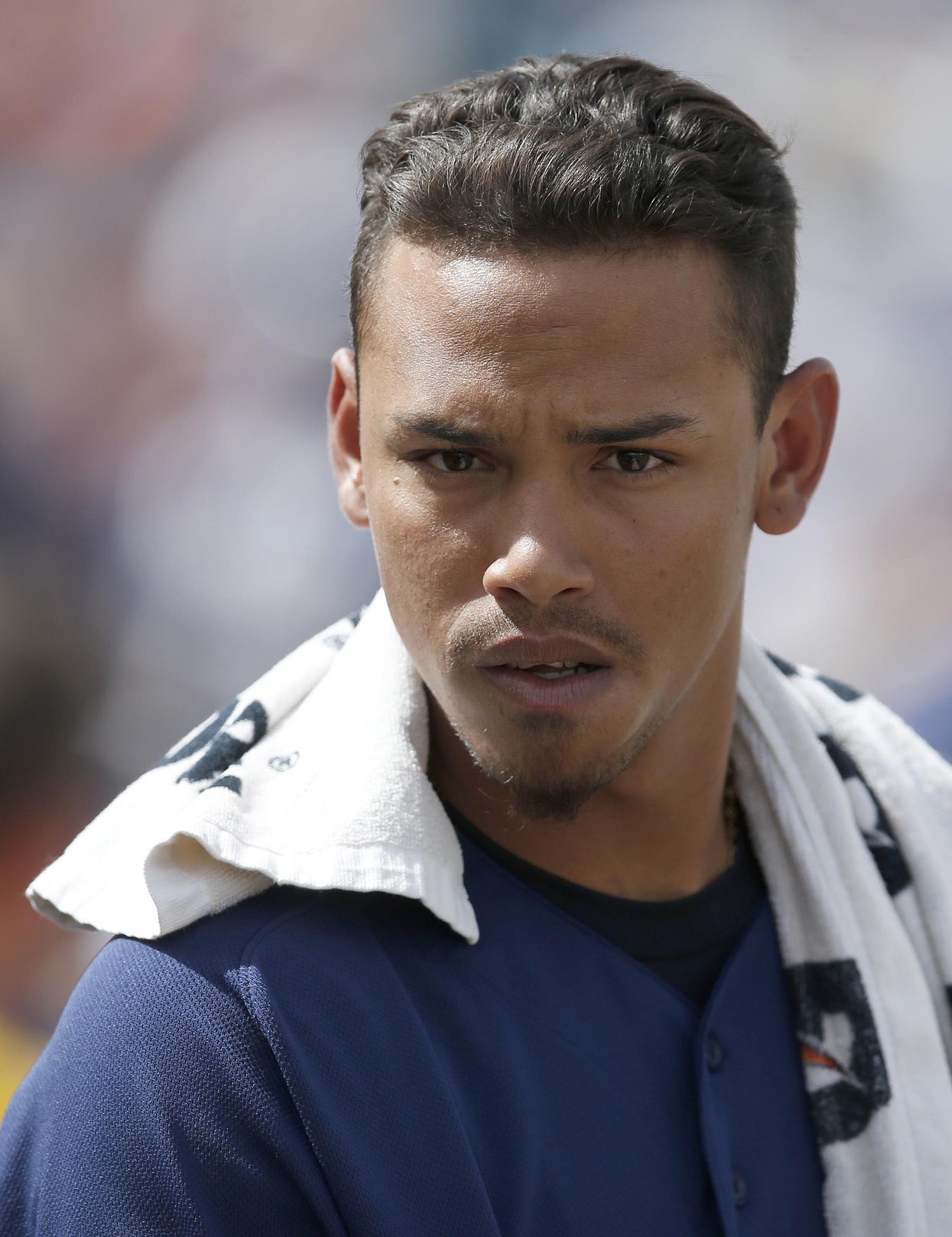The Milwaukee Brewers aren’t fooling anyone in 2016 – they’re admittedly in the early stages of a rebuilding process. It shows in the young club on the field, one that is off to a 4-5 start and that has been outscored by a total of 22 runs (28 to 50) in the season’s early going. But it also shows in the rebuilt farm system. Baseball Prospectus ranked the Brewers’ minor league pipeline 10th overall earlier this spring, a vast improvement over 26th from 2015.
Five of the club’s BP Top 10 prospects are currently playing in AA or above, or just about on the cusp of the big leagues. The hope is that these players will grow together to become the core of the next competitive Brewers’ club and eventually bring a World Series to Milwaukee. In order for those players to make an impact in the big leagues, what is the next step they need to take in their development?
Orlando Arcia
The club’s top prospect has always been known for his defensive prowess, but the bat has come along in recent seasons and he posted a .307/.347/.453 slash with 52 extra base hits and 25 stolen bases in AA Biloxi last season. His defense in itself gives Arcia a high floor as a prospect, and if you add an above-average hit tool to that, you’re looking at a potential All-Star caliber player.
To really take the next step at the plate, however, Arcia should focus on improving his patience at the plate while in Colorado Springs. He puts the ball in play often so he shouldn’t have too much trouble posting solid batting averages, but Arcia has only walked in around 7 percent of his plate appearances during his minor league career. Adding the ability to consistently get on base without having to rely on a BABIP-driven slash line would take Arcia a long way to fulfilling his ceiling.
Brett Phillips
Phillips could be one of the few true five-tool prospects that end up making their way to the big leagues. He has perhaps the strongest arm in the minor leagues and enough speed to stick in center field, and pairs that with an above-average hit tool and a potentially powerful bat.
In order to truly reach that ceiling, though, Phillips needs to re-discover his home run stroke as he begins the season back in AA. In 54 games at that level last season (including 23 as a member of the Biloxi Shuckers), Phillips managed just one home run after slugging 19 long balls in 93 games in high-A Lancaster. Brett’s got 15+ home run/15+ stolen base potential written all over him – if he can prove that his power will play against higher level pitching.
Jorge Lopez
Lopez already made big strides in AA last season to get where he is, greatly improving his changeup to give him a full three-pitch arsenal to come after hitters. He even made a brief debut in the big leagues at the end of the season but it was there that he showed his biggest weakness, issuing five free passes in just 10 innings pitched.
Lopez has always been praised more for his stuff – a sinking mid-90s fastball and a plus curveball to go along with his change – than he has for his command. Cutting down on the free passes will be essential to reaching his ceiling as a number three or perhaps even number two starter.
Zach Davies
Unlike the hard-throwing Lopez, the diminutive Zach Davies’ calling card is his pitchability and pinpoint command. He made six starts for the Brewers at the end of last season and while his overall line of a 3.71 ERA and 3.33 DRA in 34 innings was solid enough, he did walk three or more batters in three of his starts.
Davies’ fastball tops out around 90 MPH so he doesn’t have the luxury of being able to miss his spots the same as others may. He’s as polished a pitching prospect the Brewers’ have in their system right now and figures to get an extended audition in the big leagues in 2016 while Matt Garza is on the shelf, and consistently tapping into his above-average command will be the key to staying in The Show.
Tyrone Taylor
Of the five prospects on this list, Taylor is the one with the most work to do. He’s been one of the Brewers’ more highly rated prospects since being drafted in the second round in 2012, but that’s more a function of the club’s weak farm systems than Taylor’s own prospect status and he struggled to a .260/.312/.337 line in 504 plate appearances in AA last season.
Taylor unsurprisingly returned to Biloxi to start 2016, and he’ll be hoping the stance and swing changes he underwent last season start paying dividends. Taylor’s a strong defender up the middle in center field so he should at least have a floor as a fourth outfielder. He’s not likely to improve upon his well below-average power, so if he’s ever going to become a regular in the big leagues he’ll need to find a way to get on base more. That means improving upon a poor 6.5 percent career walk rate.
